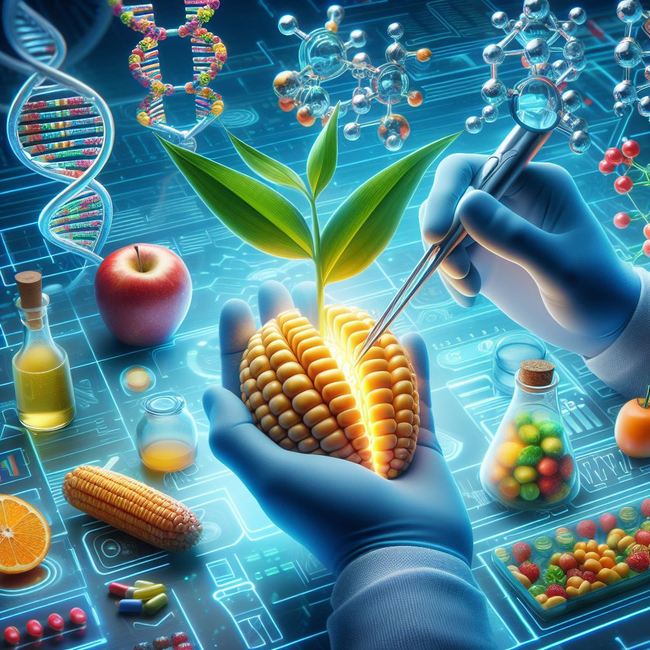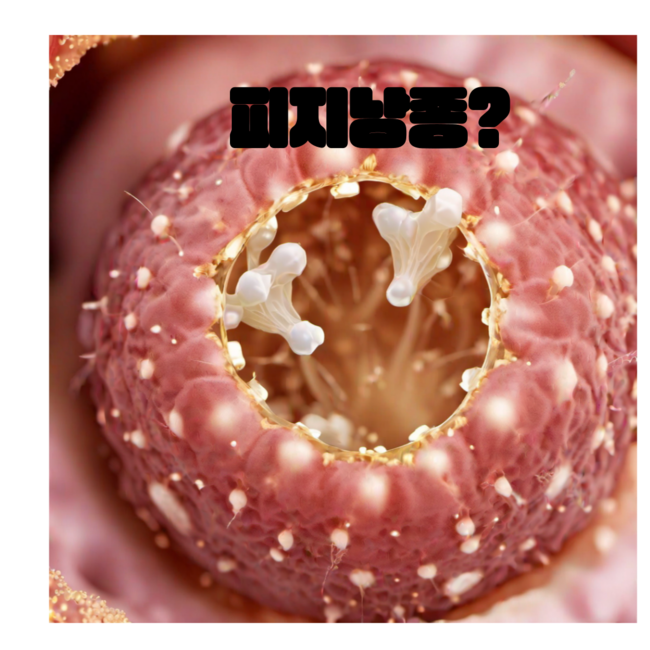세계적인 의과학자인 하버드대학 의과대학 싱클레어 교수는 저서 "노화의 종말"에서, 멀지 않은 장래에 인간의 평균수명이 113세에 이를 것이라고 주장했다.
현재 선진국의 평균수명은 80년을 약간 넘는다. 현재에 이룩한 의학기술의 발달로 인하여인간은 한달을 더 살 때마다 수명이 일주일씩 늘어날 것으로 예측하고 있다. 발달된 과학의 성과는 대개 현재 살아있는 모든 사람들에게 혜택을 줄 가능성이 높이자기 때문이다. 그리고 이러한 경향은 시간이 지날 수록 더 늘어나기 때문에 금세기 말 쯤 되면, 한달을 더 살때마다 수명이 4주정도 늘어날 수도 있다고 한다. 구체적으로 살펴보면,
 이미지출처 = 픽사베이
이미지출처 = 픽사베이
첫째, 향후 50년에 걸쳐 나올 새롭고 전혀 다른 기술들 하나하나가 더 건강한 수명을 늘이는데 기여할 것으로 봅니다. 예를 들자면, DNA모니터링을 통하여 발생할 수 있는 질환에 대하여 미리 대비한다거나, 감염을 짧은 시간내에 진단하여 악화되는 것을 막거나, 각종 기기들이 실시간으로 위험한 상황을 모니터링 하여 요증 흔히 볼 수 있는 각종 사고 들을 획기적으로 줄여줄 것으로 보고 있다. 이러한 모든 발전의 결과물로서 약 10년의 수명이 늘어난다고 한다.
둘째로, 사람들이 노화를 보는 자세가 달라짐에 따라 사회경제적 지위고하를 막론하고 대다수의 사람들이 자발적이고 적극적으로 자기관리를 하게 되는 경향이 있을 것으로 에측된다. 적게 먹고, 열량 섭취를 줄이고, 운동을 늘이고 갈색지방을 활성화 하는 생활습관을 들이게 되면 아마도 10년 정도는 더 건강하게 살수 있을 것으로 예상되지만, 보수적으로 계산해도 5년은 늘어나게 된다.
셋째, 장수유전자를 작동시킴으로서 생존회로를 보강하는 분자들을 늘이면 된다. 현재 동물 실험에서 건강한 생애를 10~40퍼센트까지 늘이고 있는 것으로 알려져 있다. 보수적으로 10퍼센트만 늘어난다고 볼 때 8년이 더 늘어난다.
마지막으로, 의학기술의 혁신적인 발전의 결과물 들이다. 유전자 변형이나 백신 접종으로 노화세포를 파괴하거나 유전자 변형한 3D 프린터로 만든 맞춤형 장기 이식 등과 같은 기술은 확실하게 수명을 늘여 줄것이다. 이 들 중 하나 혹은 그 이상의 혜택을 받을 경우를 가정하면, 아주 보수적으로 잡아도 10년은 더 늘어날 것이다.
현재의 평균 수명에 위에서 언급한 10년,5년, 8년 그리고 10년을 더하면 총 33년이 된다. 그리고 이 숫자는 대대수의 사람들에게 돌아가는 혜택을 보수적으로 잡은 것임을 감안할 때, 인구의 절반 이상은 이 값을 넘어설 것으로 추정하고 있다.
현존하는 최고 수준의 전문가가 추정한 이론으로, 현재 평균수명이 연장되고 있는 트랜드를 감안하면 그리 끔같은 이야기는 아닌듯 하다. 대부분의 사람들이 113정도를 사는 세상이 가까운 장래에 펼쳐 진다면, 우리 사회는 또 어떤 모습으로 진화할 지 사뭇 궁금해 진다.
기사 = 권득문 기자
저작권자(c) 한국여성건강뉴스 ; 무단전재 및 재배포금지
[덧붙이는 글]
In his book "Lifespan" Sinclair, a world-renowned medical scientist and professor of medicine at Harvard University, argued that human life expectancy would reach 113 years in the not-too-distant future.
Currently, the average life expectancy of developed countries is just over 80 years. Due to the advances in medical technology, humans predict that life expectancy will increase by one week for each additional month. This is because the achievements of advanced science are usually more likely to benefit all living people today. And because this trend increases over time, by the end of this century, life may increase by four weeks for each additional month.
Image Source = Pixar Bay
Specifically, each of the new and completely different technologies that will come out over the next 50 years will contribute to a healthier life span. For example, it is expected that DNA monitoring will prepare for possible diseases, diagnose infections in a short period of time to prevent them from deteriorating, or monitor dangerous situations in real time to drastically reduce various common sccidents. It is said that as a result of all these developments, the lifespan of about 10 years is extended.
Second, it is estimated that as people change their attitudes toward aging, the majority of people, regardless of socioeconomic status, tend to voluntarily and actively manage themselves. Eating less, reducing calorie intake, increasing exercise, and activating brown areas are expected to make life healthier for about 10 years, but conservatively, it will be increased by 5 years.
Third, by operating the longevity gene, the molecules that reinforce the survival circuit can be increased. It is now known that animal testing is increasing healthy lives by 10 to 40 percent. Eight more years, given a conservative 10 percent increase.
Finally, the results of the innovative development of medical technology. Technologies such as the destruction of aging cells by genetic modification or vaccination or the transplantation of customized organs made with genetically modified 3D printers will certainly extend life span. Assuming one or more of these benefits, it will be ten more years at a very small scale.
If you add the above-mentioned 10, 5, 8 and 10 years to the current average life span, it will total 33 years. And more than half of the population is estimated to exceed this value, given that the number has conservatively captured the benefits that go to the large number of people.
Given the trend in which life expectancy is currently being extended, it seems to be not a good story. If the world, where most people live about 113 people, unfolds in the near future, we wonder how our society will evolve.
reporter Kwon Deuk-moon
Copyright (c) Korean Women's Health News; Prohibit unauthorized reproduction and redistribution
 유전자조작기술 (CRISPR)
현재 유전자 조작 기술은 CRISPR (Clustered Regularly Interspaced Short Palindromic Repeats) 기술이 주도하고 있습니다. 이 기술은 특정 유전자를 정확하게 수정하는 강력한 도구로, 미국의 여러 기업들이 이 분야에서 선두를 달리고 있습니다.여기 몇몇 주목할만한 CRISPR 기업들이 있습니다:Verve Therapeutics: Cambridge, Massachusetts에 위치한 Verve Therapeutics는 심혈...
유전자조작기술 (CRISPR)
현재 유전자 조작 기술은 CRISPR (Clustered Regularly Interspaced Short Palindromic Repeats) 기술이 주도하고 있습니다. 이 기술은 특정 유전자를 정확하게 수정하는 강력한 도구로, 미국의 여러 기업들이 이 분야에서 선두를 달리고 있습니다.여기 몇몇 주목할만한 CRISPR 기업들이 있습니다:Verve Therapeutics: Cambridge, Massachusetts에 위치한 Verve Therapeutics는 심혈...
 스타틴계열 약물이 뭐예요?
흔히 자주 듣는 의학전문 용어 중에 스타틴계열 약물이라는 얘기를 자주 들어 보셨을 겁니다. 약물의 주요 성분의 이름이 ~스타틴 이라고 끝나는 데 따라 붙은 이름인데요. 주로 심혈관계에 작용하는 약물들이 포함됩니다.리피토나 조코와 같은 세계적인 베스트셀러 약품도 이런 스타틴 계열 약물중의 하나입니다.정보가 도움이 되신다면, ...
스타틴계열 약물이 뭐예요?
흔히 자주 듣는 의학전문 용어 중에 스타틴계열 약물이라는 얘기를 자주 들어 보셨을 겁니다. 약물의 주요 성분의 이름이 ~스타틴 이라고 끝나는 데 따라 붙은 이름인데요. 주로 심혈관계에 작용하는 약물들이 포함됩니다.리피토나 조코와 같은 세계적인 베스트셀러 약품도 이런 스타틴 계열 약물중의 하나입니다.정보가 도움이 되신다면, ...

 피지낭종 - 말랑말랑할 줄 알았다면 이 영상을 잘 보세요
피지낭종 - 말랑말랑할 줄 알았다면 이 영상을 잘 보세요
 교통혁명과 로봇으로 여가시간이 늘어난 다면.
교통혁명과 로봇으로 여가시간이 늘어난 다면.
 면역력 높여주는 빵이라고?
면역력 높여주는 빵이라고?
 한국여성건강연구소 벤처기업지정 예고
한국여성건강연구소 벤처기업지정 예고



 교통혁명과 로봇으로 여가시간이 늘어난 다면.
교통혁명과 로봇으로 여가시간이 늘어난 다면.









